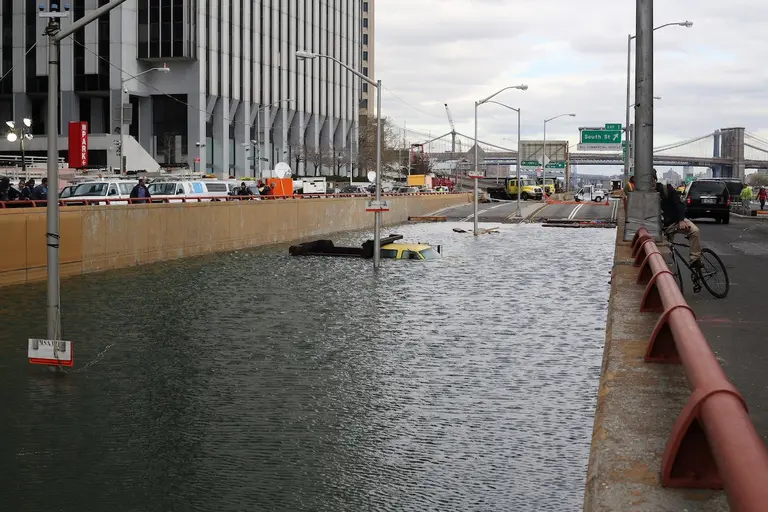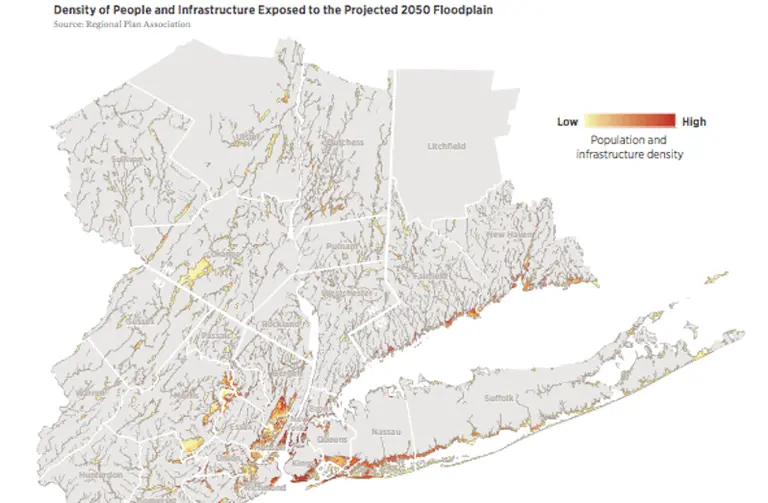August 5, 2016
With increasing concerns about rising sea levels and the large quantity of greenhouse gas emitted into the atmosphere, Radley Horton's work is more important than ever. As a climate scientist at Columbia University, he's working on the applied end of climate change by examining data to make projections about the possibility of extreme weather events. Based on the data and ensuing models, he then considers the impacts these potential events and the overall changing climate might have in a variety of contexts that range from airports to the migration of pests. Radley is on the forefront of understanding what might happen and how cities, countries, and other entities can prepare even in the face of uncertainty.
6sqft recently spoke with Radley about his work, areas of climate concern in New York, and what we all can do to combat a changing planet.
Read the full interview here


